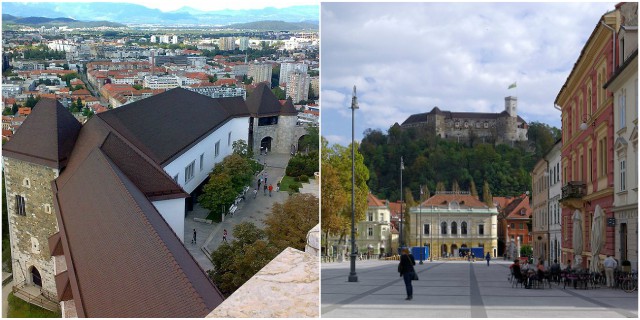The capital of Slovenia, Ljubljana, is one of the smallest and most charming capital cities in Europe.
Ljubljana’s colorful history, art, and architecture makes this city look like it’s been taken out of a fairytale and it will definitely make one instantly fall in love with it. According to a legend, Ljubljana was founded by the Greek mythical hero Jason and his merry band of Argonauts. They stole the Golden Fleece from King Aetes and ran away across the Black Sea and up the Danube, Sava and Ljubljanica rivers. They found a large lake surrounded by a marsh near the source of the Ljubljanica, where they disassembled their ship. There, they struck down a dragon which Jason slew. The dragon has since been adopted on the city coat of arms.

The Ljubljana marshes were first inhabited by hunters and fishermen. Later, the area was settled by the Vennetti tribe, Illyrians, and various Celtic tribes. Around 50 BC the Romans built a military camp there and later established a thriving settlement, known as Emona.
With the decline of the Western Roman Empire and the arrival of Attila, the Hun Emona was sacked and destroyed. A new settlement was built at the turn of the 6th century by the ancestors of the Slovenes. In the 9th century, the territory of Ljubljana fell under the rule of the Francs until Germanic influence began to spread in the 12th century.
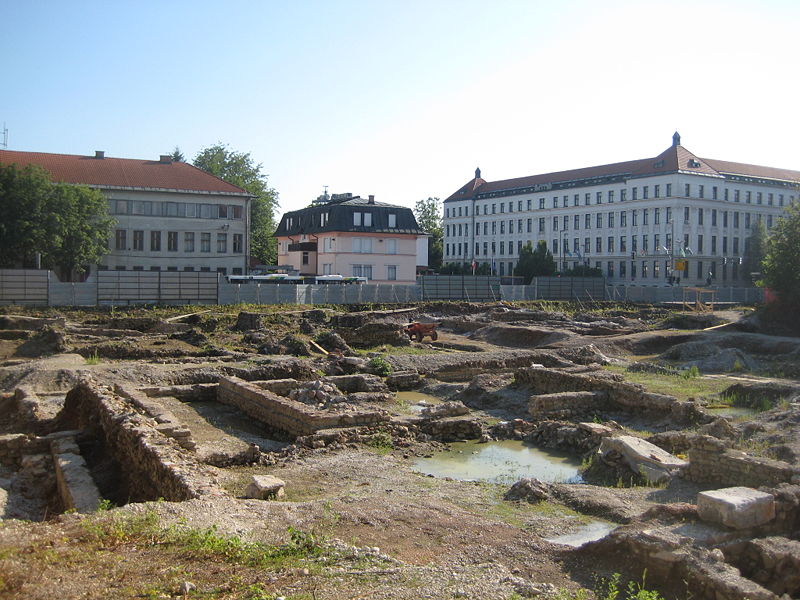
Ljubljana (Laibach) is first mentioned in written sources from 1144. In 1278, Ljubljana came under the Habsburg rule and stayed so until the 20th century. After World War I, Ljubljana became a part of the Kingdom of Serbs, Croats, and Slovenes and when World War II ended, Slovenia became part of Yugoslavia. In 1991 Slovenia declared independence, with Ljubljana as its capital.
Today, Ljubljana, the capital and the largest city of Slovenia, is the cultural, educational, economic, political, and administrative center of the country. This small city is filled with museums, theaters, historic sites, and many other attractions. However, the symbol of the Slovenian capital and one of the main tourist attractions in Slovenia is the Ljubljana Castle.
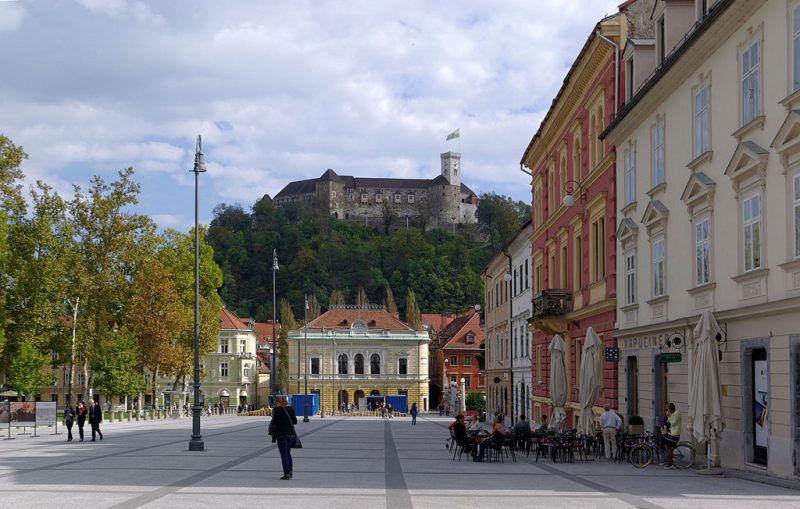
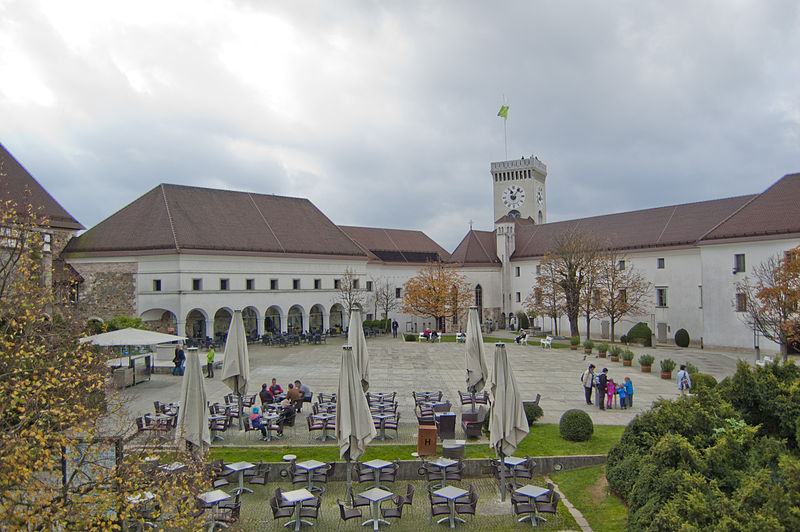
Situated on a small hill in the center of Ljubljana, the Ljubljana Castle stands on the site of several former defensive buildings. Reportedly the oldest castle dates back to the 11th century, and it was a wooden and stone fortification. However, the present castle was built in the 16th century following the earthquake of 1511. Its original purpose was to defend against the invasion of the Turks who progressed in the Balkans in the 15th and 16th century.
Over the centuries the Ljubljana Castle constantly kept changing its owners. Until 1144 the castle became a property of the House of Sponheim, a medieval German noble family and later it was conquered by King Ottokar II of Bohemia. When King Ottokar II was defeated, the castle was owned by Rudolph of Habsburg.
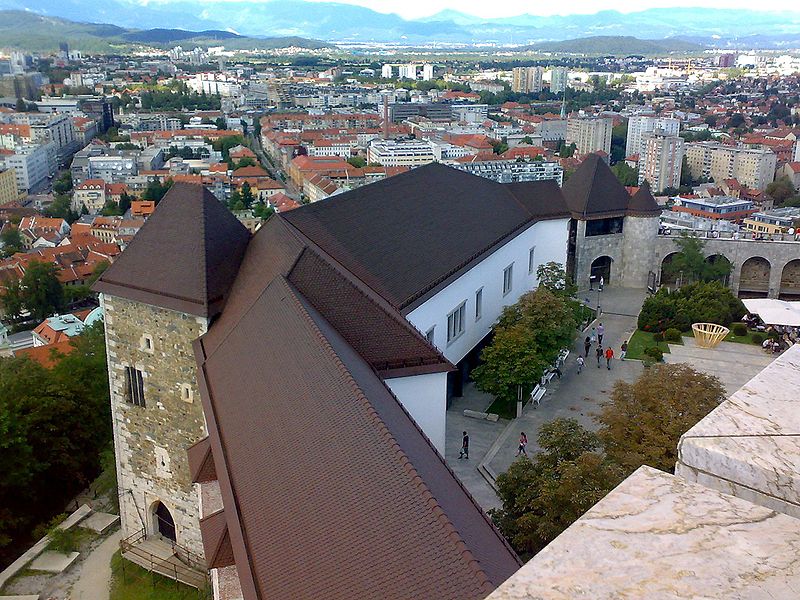
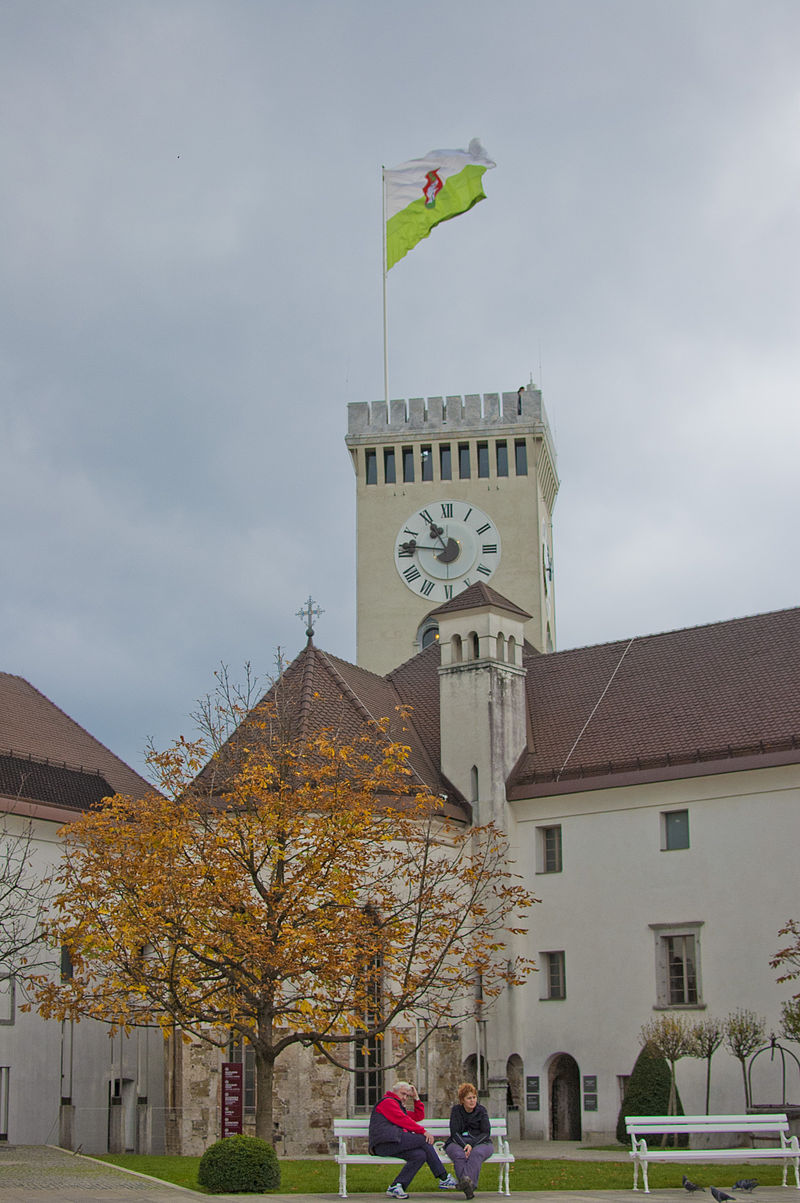
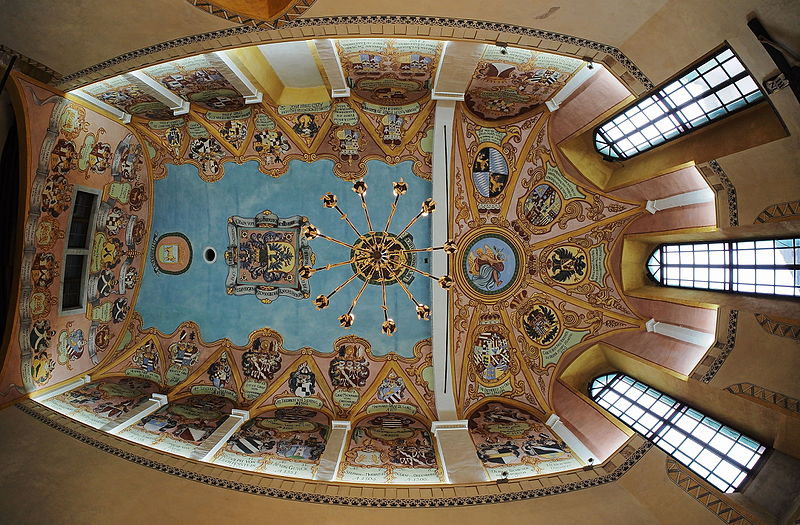
The fortress’ structures were built in the 16th and 17th century except for the peripheral walls, St. George’s Chapel and corner Towers. It lost its function as a fortress and residence in the 17th century, and it was used as a military hospital and an arsenal during the Napoleonic interlude when Ljubljana (under the name Laibach) became the capital of the Illyrian Provinces.
The castle was changed into prison when the Austrians returned in 1815, resuming that function during World War II. The Hungarian politician Lajos Batthyány, several Italian revolutionaries, and the Slovene writer Ivan Cankar were imprisoned there as dangerous political opposers to the Austro-Hungarian monarchy.
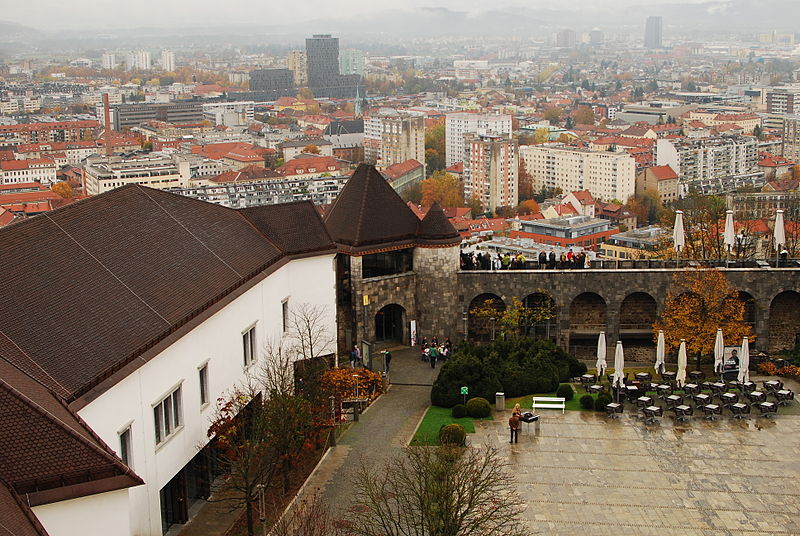
In 1905, Ljubljana’s mayor, Ivan Hribar planned to establish a city museum in the castle, and the castle was bought by the City of Ljubljana. However, Hribar’s plan didn’t work out, and the city decided to settle poor families inside it. The residents stayed there until 1963 when the complete renovation of the castle started.
Today, the castle is Ljubljana’s main tourist attraction and offers a tourist view from the tower, a virtual museum, a chapel and also serves as a venue for art exhibitions, film screenings, and permanent exhibitions featuring the history of the city.
